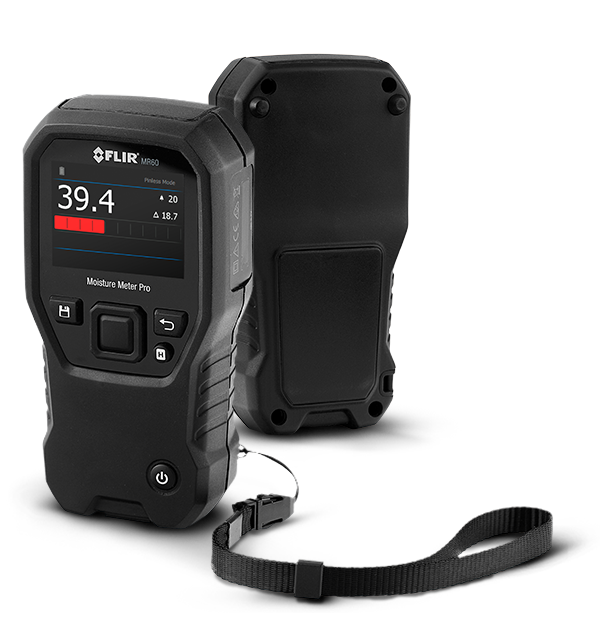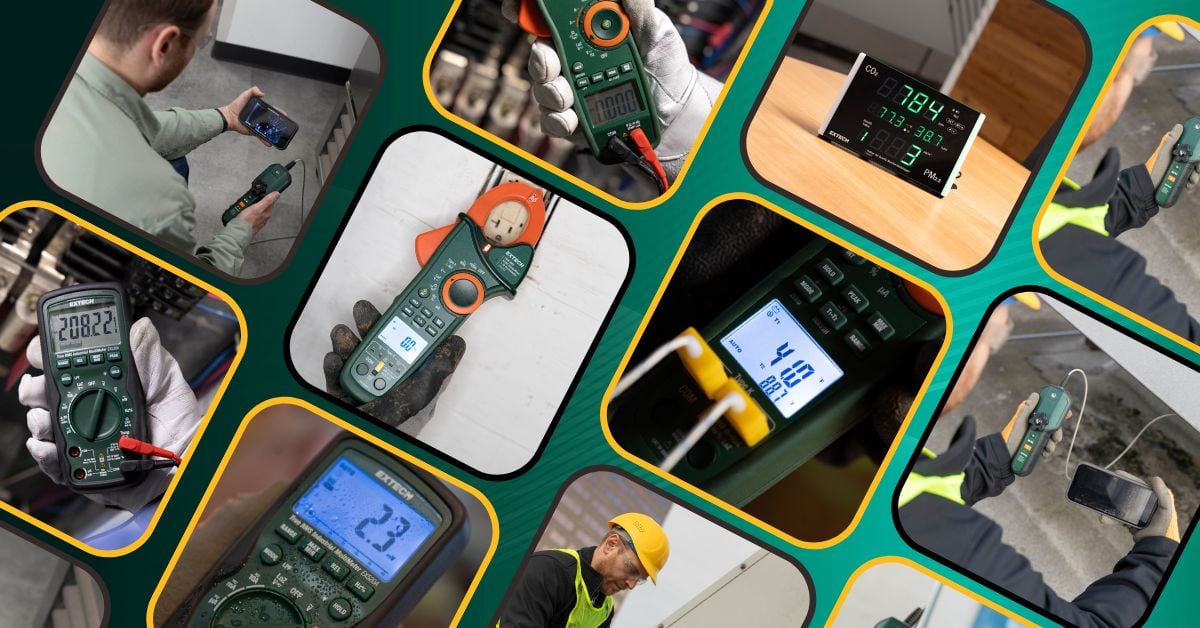Flood and Leak Remediation: Make Sure You're Ready to Tackle Storm Damage

After a large storm, leaks and moisture infiltration can cause serious damage to homes and businesses. And while outright flooding is easy to see, moisture can also seep under subfloors, trickle along windowsills and behind drywall, and collect under eaves. This hidden moisture can be difficult to detect until it’s already too late.
Using a moisture meter, especially one equipped with a thermal imaging camera, can help professionals track water leaks and moisture issues to the source without having to cut into walls or pull up floors.
Tracking Moisture Efficiently
While storm season has professionals concerned about rain and flood damage, the truth is there are many sources of building moisture. These include seasonal humidity, pipe leaks, snow, and even condensation from people and animals breathing.
This hidden moisture can be located in two ways: using a sensor designed specifically for moisture detection, or using a thermal imaging camera. While thermal cameras don't actually “see” moisture, they can detect subtle temperature differences and patterns that reveal the presence of water. Once a termperature difference is found, users can then confirm the presence of water with a moisture meter.
Because thermal cameras have a wide field of view, they offer a quick and efficient way to determine which areas in a room or along a wall need to be tested for moisture. Moisture meters provide the measurement capabilities needed to then quantify the moisture and determine the extent of the damage.
Tools to Consider
Handheld thermal imagers provide a wide field of view restoration and building professionals can use to quickly survey large areas for signs of water leaks, condensation, mold, and other moisture issues. This takes the guesswork out of determining where to begin measuring with a moisture meter. A thermal camera can also be used for building inspections to find hidden air leaks, missing insulation, HVAC problems, and more.

Moisture meters from FLIR and Extech offer multiple detection options for every application; several models even offer a built-in thermal camera. Typically they fall into three categories: pin-type, pinless, and combination meters.
Pin-type moisture meters provide quantifiable measurements and are a reliable low cost option, but they require that you shove the pins into the material being tested. If you are checking multiple locations on walls, moldings, and floors, this can lead to “snake bite” holes that will have to be repaired. Pin meters are therefore better suited to quick spot checks and shallow measurements.

Pinless moisture meters provide relative moisture measurements without causing any damage. These nondestructive meters use high frequency electromagnetic sensing technology to detect and display moisture readings up to 1.6 inches below the surface.

As for combination moisture meters: these dual-sensor (pin + pinless) meters often offer a built-in thermal camera, meaning they're very useful for locating suspected moisture and quantifying results across similar materials. A pin meter can be used to obtain a baseline measurement or the material or to find a known dry area to use for calibration. Once the user captures quantifiable measurements with the pin meter they can move on to measure other areas made from the same materials using the faster, pinless meter.

Learn More
Need more information FLIR moisture meters? Watch this video for a more in-depth discussion of pin versus pinless moisture meters.
You can also download our complete guide to FLIR Moisture Meters for free!


